ACS San Francisco Chapter Board member, Susan Hopp, recently interviewed fellow Board member and Marine Biologist, Izzy Szczepaniak, to learn about observations of cetacean activity in the Bay Area.
Susan: Izzy, we are mid-way between the autumn equinox and the winter solstice, what’s happening right now with our ocean wildlife neighbors?
Izzy: Although the large whales - humpback, blue, and gray - are still in the area, their numbers are decreasing because many have begun their migration south to their breeding grounds in Mexico and Central America. However, there have been plenty of whales sighted in the last two weeks of October during trips to the Farallon Islands.
Susan: That’s exciting, please elaborate!
Izzy: During each of my trips on October 24th and 28th, at least 30 humpbacks and 1 gray whale were sighted. The whales were observed feeding and taking in what will likely be some of their last meals before migrating south to their breeding grounds. Whales typically do not feed in warmer breeding ground waters. They will go three to five months without eating. Around mid-April, we will begin seeing the whales returning to their Northern California feeding grounds of Monterey Bay and the Greater Farallons National Marine Sanctuary.
Humpback whales lunge-feeding in Monterey Bay, photo (c) Gail Koza
Susan: Given these last meals, what and how were they eating?
Izzy: Humpback whales feed on a variety of prey. In the local waters, they feed on small schooling fish, primarily herring which is especially nutritious, and various species of krill. On these two trips, we observed the humpbacks lunge feeding on very large schools of herring, stretching hundreds of feet.
Susan: Do you have any other recent cetacean activity to report?
Izzy: On the recent Farallon trips, we observed over 30 harbor porpoise each day. Their distribution tends to be very patchy and is related to the tide cycle. As incoming (flood) tides bring fish into the bay, the porpoise follow their prey.
Susan: I know you are involved in the recovery of stranded cetaceans, and by stranded, we mean animals who have washed ashore dead. Do you have anything to report?
Izzy: Yes, in mid-October, a beaked whale was reported floating in Tomales Bay. It later stranded on the Bodega Bay breakwater. When our team went out to examine the animal, it was already fairly decomposed. We took measurements and skin samples and collected the lower jaw which contained teeth. Due to the condition of the animal, we were unable to determine the species of beaked whale - there are over 20 species of beaked whale. Therefore, as is often necessary, we are awaiting DNA analysis. Beaked whales are extremely rare and most of the species are infrequently seen in the wild. Some actually are only known through strandings. As soon as identification is made I will share our findings with the ACS community.
Susan: We will await your conclusions on the beaked whale mystery! Before we conclude, do you have any last highlights as we move closer to a new season?
Izzy: I’d like to conclude this conversation with an illuminating experience on a recent trip to the Farallon Islands. We had our September speaker, Dr. Deneb Karentz, marine biologist and expert in plankton, accompany us in order to do some plankton samplings. At two different sites - halfway between San Francisco and the Farallon Islands, and at the edge of the Continental Shelf - Deneb took samples from each site at an approximate depth of 50 feet. Her goal was to understand plankton life within each sampling site. Back at her University of San Francisco lab, the examination revealed a treasure trove of life. Between the two sites, she found 18 species of dinoflagellates, 9 species of diatoms, and 6 other planktonic (floating) organisms including crab larvae. This is a testament to the rich life of our oceans. While we can’t see and nor do we often think of this microscopic life, it is a critical part of the intricate web of life and the food chain that supports whales, dolphins, and porpoises. I’ve included a stunning photo of one of these organisms. Here is a link to the complete list of all of the species that were identified by Dr. Deneb Karentz during that particular trip.
Diatom noctiluca scintillans, photo (c) Dr. Deneb Karentz
Susan: Well, Izzy, that is a lot to take in! What a joy to hear about all this amazing life outside our San Francisco Bay and in our Pacific Ocean neighborhood. Thank you for sharing. We look forward to your next update!
Izzy Szczepaniak is a Marine Biologist, an American Cetacean Society, San Francisco Bay Chapter Board member, and a Research Associate of The Marine Mammal Center and California Academy of Sciences. Look for more “In Conversation with Izzy” posts in the coming months as we follow up with Izzy so that we may bring you his insights into the world of whales, dolphins, and porpoises in the San Francisco Bay Area.
Susan Hopp is a strategist, educator, and practitioner of sustainable and regenerative management. She works with organizations to identify, formalize and execute sustainability strategies. Susan is a member of the Board of Directors of the American Cetacean Society, San Francisco Bay Chapter, and an adjunct faculty member at the University of San Francisco where she teaches Sustainability Leadership in the Environmental Management Masters program.


